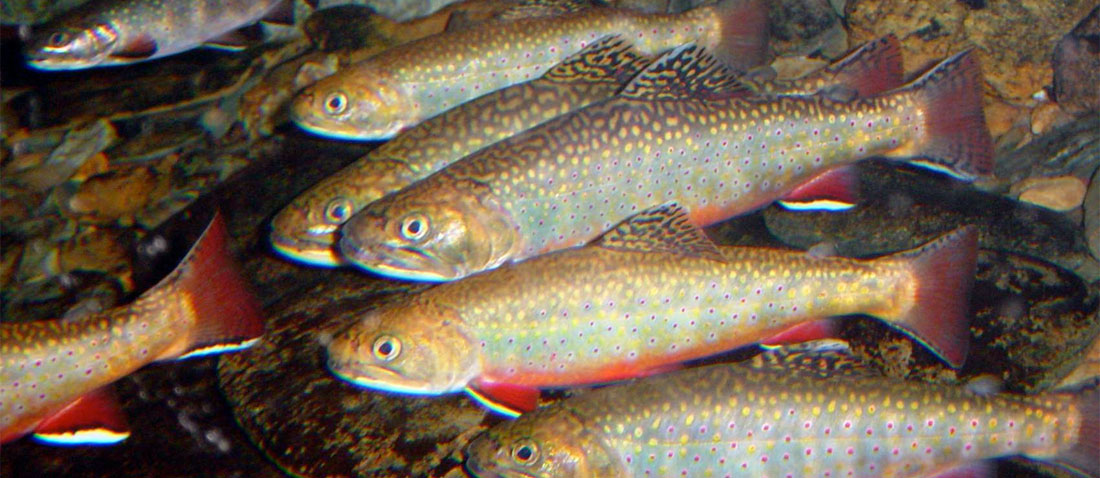Nature documentaries have long exploited the elegant swerves of massive schools of fish. Fish team up to more easily cut through the water and protect themselves from predators.
But new simulations are revealing how fish schools also operate like superorganisms. Each individual fish seems to be optimized—from body length to how often it moves its tail—for the group’s maximum surveillance and energy efficiency.
One of the few studies to simulate the frequency of fish tail beats has yielded unexpected early results.
Trout convene into very dense diamonds, moving in what may look like synchronized-swimmer unison. But for the entire school to conserve the most energy, each fish must swish its tail at specific and varied intervals.
“There is a set frequency at which the school performs to the maximum potential regarding its efficiency. Additionally, each fish within the school has a frequency at which it performs the best—and these values are not the same for each fish,” said Jackson Wray, a student in the Flow Simulations Research Group at the University of Virginia.
The tail beats form a perfect efficiency curve, something Wray and his collaborators did not expect. Wray presents their numerical calculations on trout-like swimmers at the 74th Annual Meeting of the APS Division of Fluid Dynamics.
How do fish know how fast to beat their tails? More research is needed, but most likely, fish respond to their position in the group and the local water pressure. The project could advance efforts to build underwater robots that move in swarms.
Another surprising find is that fish schools appear to act like surveillance machines.
“It’s important to understand how fish can transmit or reflect sound underwater, as this can lead to improvements in similar technologies such as radars,” said Yanni Giannareas, a mechanical engineering student at Florida State University.
Giannareas, also presenting at the meeting, and his fellow researchers modeled a fish school, with very specific spacing like a chessboard. They set out to simulate how schooling helps fish monitor their surroundings, such as when a dolphin attacks.
The engineers found the “optimal fish length” and ideal distance between fish to improve hearing across the school. In this setup, the fish school turns into a kind of living speaker, amplifying low-amplitude sound signals.
As a bonus, the hydrodynamics of swimming in a school also means the fish can zoom away faster from those dolphin teeth.



